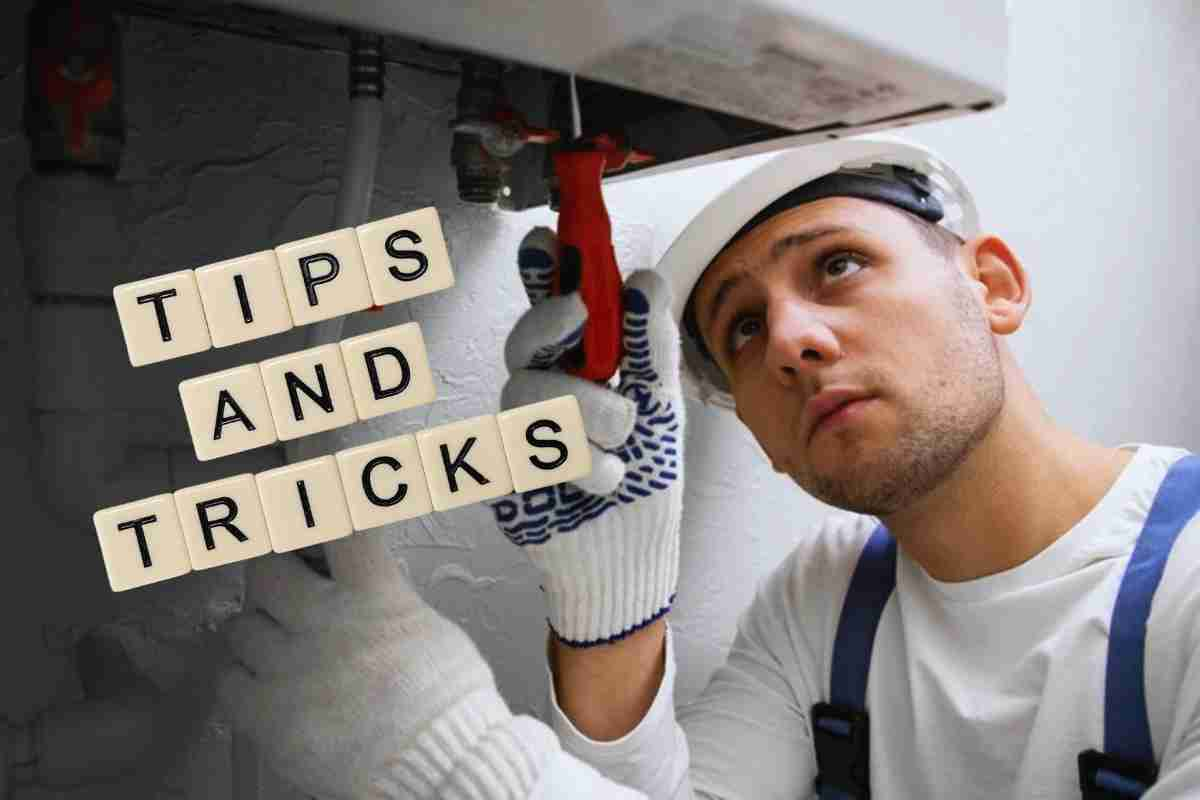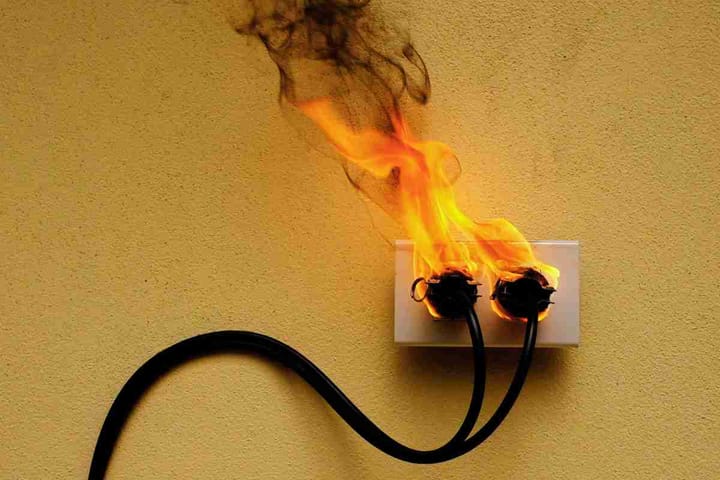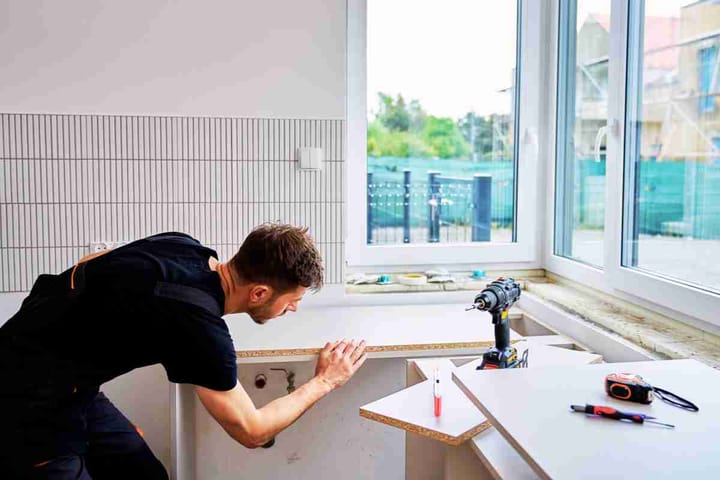6 DIY Residential Plumbing Tips for Homeowners
Plumbing issues can disrupt daily life, but many are easy DIY fixes. Learn 6 simple tips to save time, money, and avoid major repairs.

There are many things that can frustrate a homeowner but we dare say that plumbing issues top the list. From a clogged drain, to a leaky faucet or a running toilet; all or any of these issues can totally disrupt the daily routines of a household. In addition to that, they can significantly impact on utility bills and if not attended to on time, cost quite a dime to repair.
Thankfully, most of these issues are basic problems that don’t often require the service of a professional. With just a little knowledge about your plumbing system, you can tackle them. However, you must learn to differentiate issues that can be DIYed and those that require professional attention.
That being said, this article will share six practical DIY tips that can help every homeowner. With this information under your belt, you can save yourself some money, time and plenty of stress.
6 DIY Tips
Do-it-yourself, is a mantra that every homeowner must adopt or else you will always be at the mercy of handymen. Therefore, ensure that you never miss any opportunity to get knowledge or tips for basic home repairs. The following are the tips for plumbing basics:
1. Know Where Your Main Water Shut-Off Valve Is Located
One thing you must know and do before you venture into any plumbing project is the location of your water shut-off valve and how to turn it off and on. Never overlook this, no matter how insignificant you think the job is. This tip is important because this valve is what controls flow of water into and out of the house.
Additionally, in the event of emergencies, the ability to shut off water supply can go a long way in preventing significant water damage. Furthermore, you can safely replace fixtures like toilet seats or taps when you shut off flow of water.
Pro Tip
The shut-off valve can be found either in the crawl space, basement or close to the water meter. To shut it off, you turn it clockwise while anti-clockwise turns it back on. Ensure that you test it from time to time to ensure that it doesn’t get stuck due to mineral buildup or rust.
2. Unclog Drains without Harsh Chemicals
Although using chemical cleaners to unclog your drain looks like a great and fast fix, it can cause corrosion in your pipe after a while and also pose some health risks. Thankfully, there are other methods for unclogging drains that are much safer and eco-friendly that using harsh chemicals.
DIY Solutions
The following are DIY solutions that you can use: -
- Plunger – This is your regular plumbing tool that comes in handy for unclogging a sink or tub. Make sure you cover overflow holes so that you can have proper suction.
- Baking Soda and Vinegar – Pour half cup (baker’s measuring cup) of baking soda down the drain and then pour a cup of vinegar. Allow it to froth for 10 to 15 minutes then flush with boiling water.
- Drain Snake or Zip-it Tool – This is another inexpensive tool that effectively removes gunk and hair from bathroom sinks and drains.
Pro-Tip
Do not pour coffee grounds or grease down your kitchen sink because they are the most common culprits for drain blockages. Visit this site: https://www.quora.com/ for more tips.
3. Fix a Running Toilet with Simple Replacements
If your toilet is running constantly, it means you are losing gallons of water daily. Oftentimes, the cause of a running toilet lies with the chain inside the tank, the fill valve or the flapper. You can easily replace all these components yourself.
The following are steps for fixing the problem: -
- Remove the lid of the toilet tank and inspect the components.
- If the flapper is not properly sealed or is worn out, simply replace it.
- If the water continues to run after this replacement, then it means the fill valve may be bad.
- Misaligned float arms or adjustable chains may be responsible for the issues so make sure that everything is sitting correctly and moving freely.
4. Repair Minor Leaks with Plumbing Tape or Epoxy
Dripping faucets or leaky pipe joints often happen as a result of worn-out washers or loose connections. Remember the saying ‘little drops of water make a mighty ocean? Same with these little drips. They can result in higher utility bills and sometimes significant water damage or mold.
How to Fix
- Use a Plumber’s Tape – If the leak you noticed is at a threaded pipe joint like under the sink, make sure you turn off the water and apply the plumber’s tape to the threads then reassemble to create a secure seal. s
- Epoxy Putty – This works as a temporary fix; you can use epoxy putty to seal small cracks and holes before the permanent solution.
Make sure you dry the area properly before you apply the putty or tape to make sure it adheres firmly.
5. Prevent Frozen Pipes in Winter
Frozen pipes are often issues of grave concern for people who live in colder regions. If water freezes inside a pipe, it will expand and may likely burst. This will of course lead to significant damage.
Preventive Measures include the following: -
- Insulate exposed pipes with heat tape or foam pipe insulation
- Leave you tap running slightly during extremely cold weather so that the water will keep flowing. This reduces the possibility of the pipes freezing.
- Open the cabinet doors for under sink designs to allow warm air circulate around the pipes.
Click here for more winter tips for your plumbing system.
6. Replace a Faucet Washer or Cartridge to Stop Drips
There’s almost nothing as annoying in the home as a dripping faucet; in addition to that it wastes significant amount of water. This issue is mainly caused by a faulty cartridge or a worn washer depending on the model.
The following are steps for fixing: -
- Shut of supply of water to the tap
- Detach the handle and loose the valve stem with a wrench.
- Replace the cartridge or washer and put the tap back together.
Conclusion
The DIY tips that we have shared above will help you handle the most basic/common plumbing problems in the home. Note that there are more complex issues that you shouldn’t attempt to handle. Learn these basics so that you can DIY but also know your limits.




Comments ()